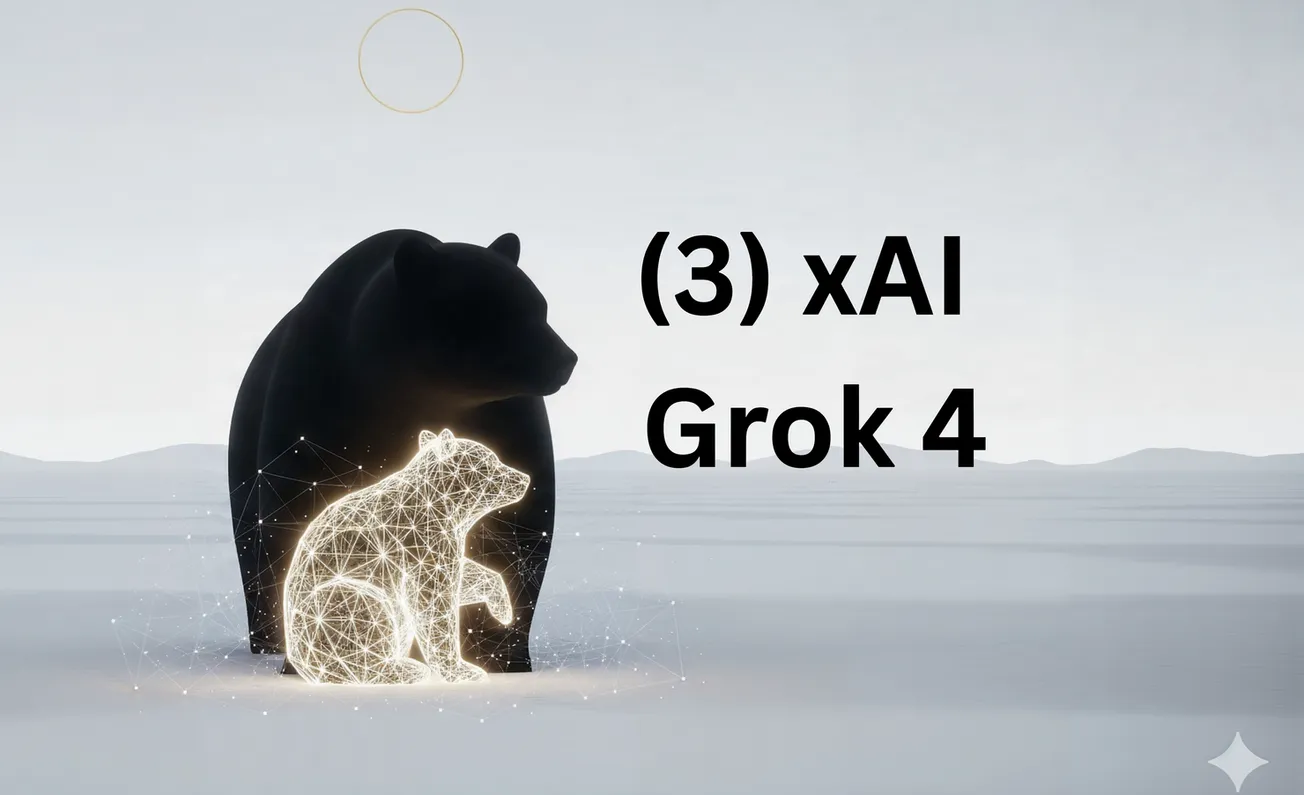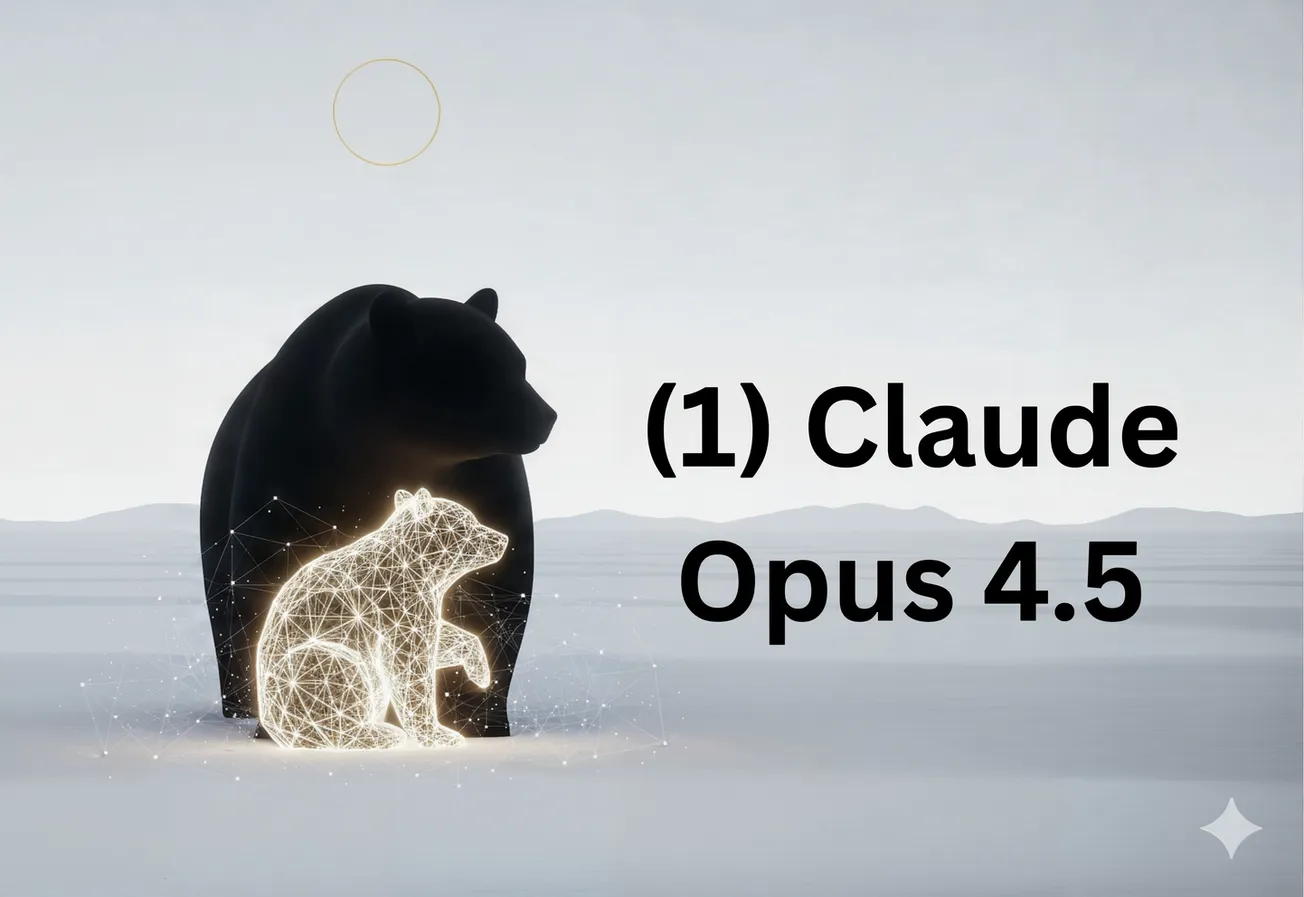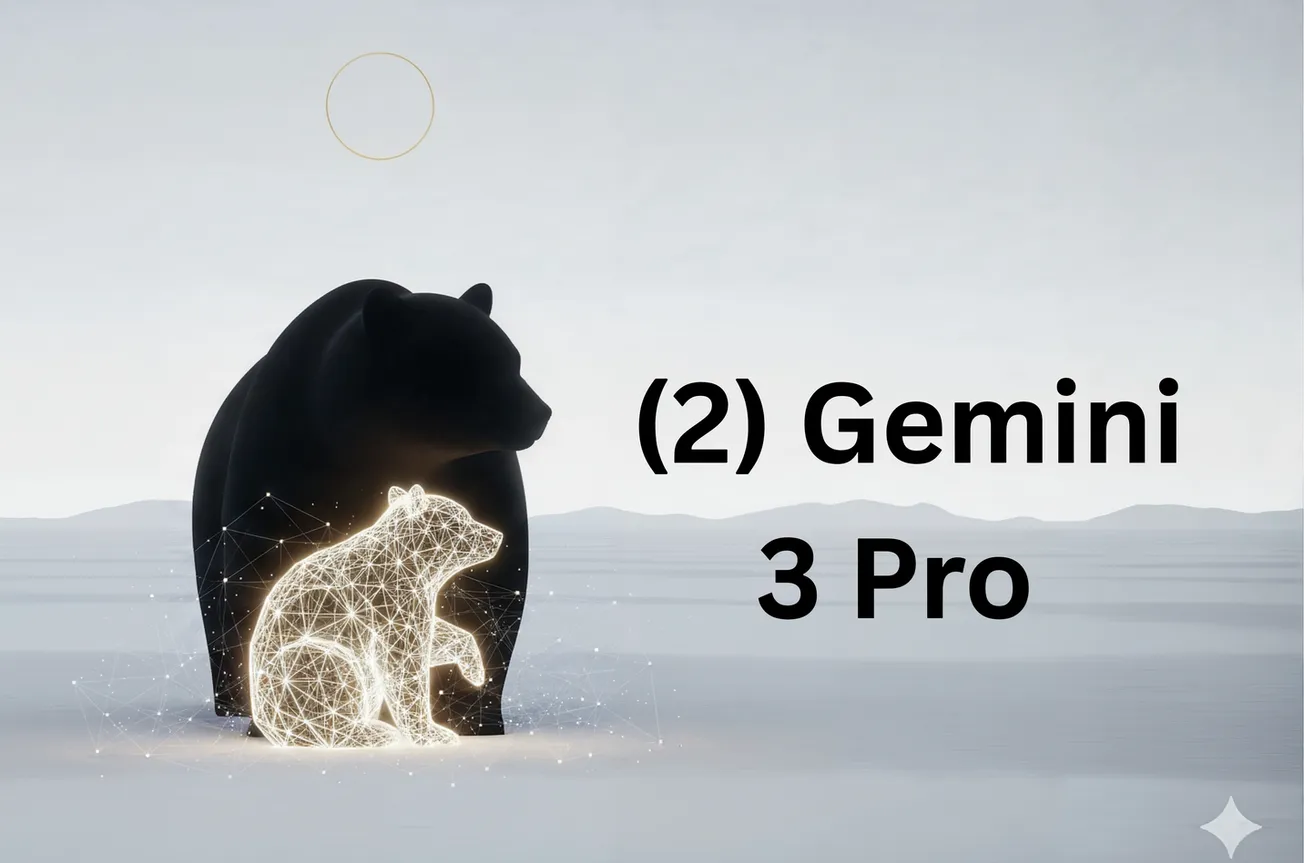Abstract.
Bitcoin’s security against double‑spends depends on relative hash power, confirmation depth, and network propagation. Deviations from honest mining (e.g., selfish/stubborn mining) can be strictly profitable below 50% hash share under realistic tie‑breaking. Security budgets are ultimately an economic equilibrium: the flow paid to miners must deter stock attack payoffs. Since the April 2024 halving (block 840,000), fees’ relative role has risen, re‑exposing fee‑market fragilities. On market integrity, there is rigorous evidence of past manipulation (Mt.Gox bots), systematic wash trading on unregulated exchanges, large‑scale pump‑and‑dumps in thin venues, and contested but influential findings on stablecoin flows. Since January 2024, U.S. spot Bitcoin ETFs have changed microstructure: several studies find ETFs frequently lead price discovery, shifting the locus of “where prices are made.”
I. Mathematical foundations of Bitcoin security & incentives
I.1 Notation and set‑up
- Let the attacker’s hash share be $q\in(0,1/2)$; honest share $p=1-q$.
- A merchant waits $z$ confirmations before treating a payment as final.
- Blocks arrive as a Poisson process with rate proportional to hash share (standard in Nakamoto’s model). (Bitcoin)
I.2 Double‑spend catch‑up probability (exact vs. bound)
Exact Nakamoto–Rosenfeld formula.
Conditioned on $z$ honest blocks arriving, the attacker mines a Poisson$(\lambda)$ number of blocks with $\lambda=z\cdot q/p$. The probability the attacker ever overtakes the honest chain (i.e., goes one ahead) is:
$P_{\text{catch}}(q,z)
= 1 - \sum_{k=0}^{z} e^{-\lambda}\frac{\lambda^k}{k!}\left(1-\left(\frac{q}{p}\right)^{z-k}\right),
\qquad \lambda=\frac{zq}{p}.$
This is the formula Satoshi sketched and that Rosenfeld formalized and tabulated. (Bitcoin)
Worked examples (using the exact formula):
$q=10%$: $P_{\text{catch}}(z=6)\approx 2.428\times10^{-4}$.
$q=20%$: $P_{\text{catch}}(z=6)\approx 1.425\times10^{-2}$.
$q=30%$: $P_{\text{catch}}(z=6)\approx 1.321\times10^{-1}$.
(Computed directly from the expression above.)
Gambler’s‑ruin lower bound.
A commonly quoted bound is $P_{\text{catch}}\ge (q/p)^z$. It has the right exponential decay intuition but dramatically understates risk at realistic $q$; e.g., at $q=20%$ and $z=6$: bound $=2.44\times10^{-4}$ vs. exact $1.43\times10^{-2}$. Use it only as a bound, not as “the formula.” (Statistics LibreTexts)
Refinements.
Later work gives closed‑form expressions and clarifies that the probability to compute is “overtaking” (one ahead), not just “catching up” at parity. These refinements slightly change recommended $z$ for a given failure tolerance. (arXiv)
I.3 Propagation, forks, and why network plumbing matters
Propagation delay is a first‑order driver of stale blocks and temporary forks; large blocks propagate more slowly, which weakens effective security and interacts with strategic mining. Empirically, propagation delays cause forks; improving relay protocols reduces effective attack surfaces.
I.4 Selfish and stubborn mining (deviation from honest protocol)
Result. Minority miners can earn more than pro‑rata by deviating. Profitability depends on the attacker’s share $\alpha$ and the tie‑breaking parameter $\gamma$ (the fraction of honest miners the attacker can sway in a race). Eyal–Sirer derive the threshold for profitability:
$\alpha;>;\frac{1-\gamma}{3-2\gamma},$
giving thresholds of 1/3 when $\gamma=0$ and 1/4 when $\gamma=1/2$. With $\gamma\to 1$, the threshold tends to 0 (any size deviator benefits).
Beyond selfish mining. “Stubborn” strategies further expand profitable regions; the honest protocol is not optimal against these variants. (Illinois Experts)
I.5 Fees vs. subsidy: stability in the fee‑dominant regime
When the block subsidy shrinks, fee income becomes bursty. In fee‑only or fee‑dominant regimes, rational deviations such as undercutting and withholding become more attractive, degrading steady‑state security and throughput—even without majority hash power. This is a central, peer‑reviewed result. (ACM Digital Library)
Context in 2024–2025. The fourth halving occurred on April 20, 2024 at block 840,000, reducing the subsidy from 6.25 to 3.125 BTC; the fee share of miner revenue has therefore become more material post‑halving. (CoinGecko)
I.6 The economic limit: security as a flow‑vs‑stock equilibrium
Security budgets must be understood in equilibrium: to deter rewriting (k) blocks, the flow paid to miners needs to exceed the stock payoff from a successful attack of that scale. Budish formalizes this as a “three‑equation” argument; the implication is that proof‑of‑work security is expensive if it must deter large stock payoffs. (NBER)
II. Market manipulation, microstructure, and price discovery
II.1 What’s strongly evidenced vs. debated
(A) Documented manipulation episodes (Mt.Gox 2013).
Using the leaked Mt.Gox dataset, Gandal–Hamrick–Moore–Oberman show that two bot accounts (“Markus”, “Willy”) conducted suspicious trades; on days with such activity, BTC/USD rose ~4–5% on average, and prices rose on ~80% of those days—consistent with manipulation causing the late‑2013 spike. This is the cleanest single‑venue, large‑effect case.
(B) Wash trading on unregulated exchanges.
Cong–Li–Tang–Yang develop forensic tests (Benford’s law, round‑number clustering, tail shape) across 29 exchanges and quantify wash trading averaging over 70% of reported volume on unregulated venues over their sample—distorting rankings and short‑term prices. This is large‑N, methodologically careful evidence.
(C) Pump‑and‑dump mechanics.
Multiple studies document organized pumps (Telegram/Discord), with sharp run‑ups and quick reversals in thin markets. These are systematic and repeatable, though effects cluster in small‑cap tokens and illiquid pairs rather than BTC itself. (SSRN)
(D) Stablecoin flows and price support (contested).
Griffin–Shams (Journal of Finance, 2020) find Tether flows timed to downturns and associated with large BTC price impacts, concentrated in one entity’s activity in 2017—an influential paper often read as “support” or “manipulation.” Counter‑work by Lyons–Viswanath‑Natraj emphasizes arbitrage‑based peg dynamics rather than causal price pumping. Treat as serious but debated. (Wiley Online Library)
II.2 Where price discovery happens now (post‑ETF launch)
On Jan 10, 2024, the U.S. SEC approved the listing/trading of spot Bitcoin ETPs/ETFs, changing the microstructure and investor base. (SEC)
Early post‑launch microstructure work (minute‑level information‑share metrics) finds the largest ETFs (e.g., IBIT, FBTC, GBTC) lead price discovery over spot the majority of the time—estimates around ~85% over the 2024 sample in one peer‑reviewed study—indicating a structural shift in “where prices are made.” Treat exact percentages as sample‑ and metric‑dependent, but the qualitative shift is robust. (SpringerLink)
Industry research converges on the same direction (flows, depth, and volume concentrating in ETFs), again pointing to a re‑centered discovery locus in U.S. hours. (Kaiko Research)
III. Practical implications (what follows from I & II)
- Confirmations should be set from the exact model, not the bound.
For a 10% attacker, $z=6$ gives $P\approx2.4\times10^{-4}$, but at 20% it’s ~1.4%—a two‑order‑of‑magnitude jump. Merchants and custodians should calibrate (z) to tolerance and context (risk, asset size, time of day), not to folk rules. (arXiv) - Network engineering is part of security.
Lower propagation delays (and relay improvements) reduce stale rates and undercut selfish/stubborn advantages; it’s not “just math”—it’s also plumbing. - Fee‑dominant eras need watchfulness.
As subsidy falls (post‑2024), fee spikes/variance can make undercutting/withholding rational. Operators should monitor fee volatility, orphan rates, and pool behavior. (ACM Digital Library) - Market integrity depends on venue.
Evidence of wash trading is concentrated on unregulated venues; price discovery shifting to regulated ETFs changes manipulation surface area and surveillance capabilities. Treat volume metrics from opaque venues with skepticism; prioritize regulated feeds when building signals. - Stablecoin‑flow claims deserve balance.
The Griffin–Shams result is important, but not the last word; any analysis invoking “Tether pumps” should acknowledge the active debate. (Wiley Online Library)
References (select)
- Bitcoin & double‑spend math: S. Nakamoto, Bitcoin: A Peer‑to‑Peer Electronic Cash System, 2008. (Bitcoin)
M. Rosenfeld, Analysis of Hashrate‑Based Double Spending, 2014. (arXiv)
A.P. Ozisik & B.N. Levine, An Explanation of Nakamoto’s Analysis of Double‑Spend Attacks, 2017. (arXiv)
C. Grunspan & R. Pérez‑Marco, Double Spend Races, 2018. (webusers.imj-prg.fr) - Propagation/forks: C. Decker & R. Wattenhofer, Information Propagation in the Bitcoin Network, IEEE P2P 2013.
- Selfish/stubborn mining: I. Eyal & E.G. Sirer, Majority Is Not Enough: Bitcoin Mining Is Vulnerable, FC 2014 (profitability threshold (\alpha>\frac{1-\gamma}{3-2\gamma}); thresholds at 1/3 and 1/4).
K. Nayak, S. Kumar, A. Miller, E. Shi, Stubborn Mining, 2016. (Illinois Experts) - Fees vs. subsidy: M. Carlsten, H. Kalodner, S.M. Weinberg, A. Narayanan, On the Instability of Bitcoin Without the Block Reward, 2016. (ACM Digital Library)
- Economic limits: E. Budish, The Economic Limits of Bitcoin and the Blockchain (NBER WP 24717, 2018; updated QJE 2024). (NBER)
- 2024 halving: Coingecko Halving Tracker (date 2024‑04‑20, height 840,000, reward 3.125 BTC). (CoinGecko)
- Manipulation evidence:
Mt.Gox: N. Gandal, J.T. Hamrick, T. Moore, T. Oberman, Price Manipulation in the Bitcoin Ecosystem, JME 2018.
Wash trading: L.W. Cong, X. Li, K. Tang, Y. Yang, Crypto Wash Trading, NBER WP 30783 (avg. inflation >70% on unregulated venues).
Pumps: J.T. Hamrick et al., An Examination of the Cryptocurrency Pump and Dump Schemes, 2019; follow‑ons incl. 2021/2024. (SSRN)
Stablecoins: J.M. Griffin & A. Shams, Is Bitcoin Really Un‑Tethered?, JF 2020; R.K. Lyons & G. Viswanath‑Natraj, What Keeps Stablecoins Stable?, JIMF 2023. (Wiley Online Library) - ETFs & price discovery: SEC approval statement (Jan 10, 2024). (SEC)
A. Mohamad et al., Do Bitcoin ETFs Lead Price Discovery …? (Computational Economics, 2025) — ETFs lead ~85% of the time in sample. (SpringerLink)
Kaiko Research, How BTC ETFs Reshaped Crypto, Jan 2025. (Kaiko Research)
Appendix: quick numeric table (exact (P_{\text{catch}}(q,z)))
| (q) | (z=3) | (z=6) | comment |
|---|---|---|---|
| 10% | (1.317\times10^{-2}) | (2.428\times10^{-4}) | classic “~6 confs” case |
| 20% | (1.032\times10^{-1}) | (1.425\times10^{-2}) | materially higher risk |
| 30% | (3.246\times10^{-1}) | (1.321\times10^{-1}) | confirmations insufficient |
(Values from the exact Poisson‑mixture expression; see §I.2. Benchmarks are consistent with Rosenfeld’s tables.) (arXiv)
AI Reasoning - ChatGPT 5Pro
- Uses the exact double‑spend model, with numbers, and distinguishes it from the gambler’s‑ruin bound. (arXiv)
- Covers selfish/stubborn mining and the (\alpha,\gamma) threshold.
- Treats propagation as part of the threat surface.
- Explains fee‑dominant fragility post‑halving. (ACM Digital Library)
- Anchors manipulation claims in the Mt.Gox paper and wash‑trading literature; separates contested stablecoin claims from settled facts.
- Updates microstructure: ETFs and the changed locus of price discovery. (SEC)
I’m piecing together a fresh document on Bitcoin math and market manipulation, focusing on new citations, math accuracy, and potential visual aids like tables.
Piecing together math
I'm providing examples and verifying math with Python to ensure accuracy, referencing Nakamoto's paper for specific values.
Gathering data
I'm thinking about gambler's ruin bound, checking (0.1/0.9)^6 for accuracy.
Verifying results
I’m piecing together key sources to verify the Eyal and Sirer result on selfish mining profitability. Reaching out to various papers and credible sources to cross-check and cite accordingly.
Analyzing requirements
I'm looking at the need for Budish in this context.
I'm thinking through the citation details for Griffin & Shams 2020. They recommend directly using the Journal of Finance paper instead of Axios for accuracy.
Identifying price dynamics
I'm piecing together how ETFs set their prices through real-time asset trading. This reveals a clear picture of their market behavior.
Assessing halving dynamics
I'm digging into the implications of halving in various sectors.
Verifying block data
Confirming block 840000 from blockchain.com for halving details. Considering a Nakamoto 2008 Bitcoin whitepaper suitable for citing the Poisson formula section.
Evaluating market influence
Considering Gandal et al. 2018 on Mt.Gox and Cong et al. 2022/2023 on crypto wash trading, aiming for precise percentage insights.
Synthesizing findings
I'm piecing together data showing how pump-and-dump schemes often involve an average volume of 70%. This helps create a clearer profile of these manipulative tactics.
Highlighting key papers
I’m gathering insights from the 2025 Springer paper on ETFs and selfish mining. This suggests a thorough review of recent literature to support our findings effectively.
Consulting the PDF
Hmm, I’m thinking about the formula for the gamma threshold in a PDF. Let me see what details I can find.
Gathering insights
I’m pulling together the gamma threshold formula from Eyal & Sirer, focusing on their Section 4 and considering its revenue analysis.
Ensuring math accuracy
I’m checking if the HTML link captures math variables and gamma text. PDFs often provide a more precise representation.
Navigating arXiv papers
I'm piecing together the best way to access arXiv PDFs and HTML. Considering Sapirshtein's thresholds and gamma might streamline optimal selfish mining strategies.
Focusing on alpha and gamma
I’m gathering insights from sources on thresholds and propagation delay, examining their link with open source projects and gamification.
Identifying delays
OK, let me see. The author pinpoints propagation delay as the main cause for forks between lines 10-16, then shifts focus to a fee-only regime.
Testing a tool's capability
We're facing challenges with tool verification. Now, I'm exploring the ACM Digital Library page for alternative solutions. Progress is steady but there's room for improvement.
Consulting open archives
Building upon ETF dominance
Incorporating Mohamad's 2025 paper on ETFs, emphasizing their significant role in price discovery. Highlighting US SEC approval of spot ETFs and examining the Poisson mixture formula through Nakamoto and Ozisik & Levine's work.
Deriving and situating
Starting to derive the formula and referencing gambler's ruin, Poisson mixture formula, microstructure, and economic limits. Progressing towards a structured document.
Outlining the document
I’m focusing on risk assessment, best practices, and appendices. Each key claim will have citations, adhering to guidelines, ensuring a crisp, data-driven approach with accurate formulas and examples.
Focusing on citations and structure
Ensuring citations are evenly distributed and key claims are concise, while adhering to word limits and paraphrasing guidelines. Highlighting transactional fee spikes and other disparities for clarity.



